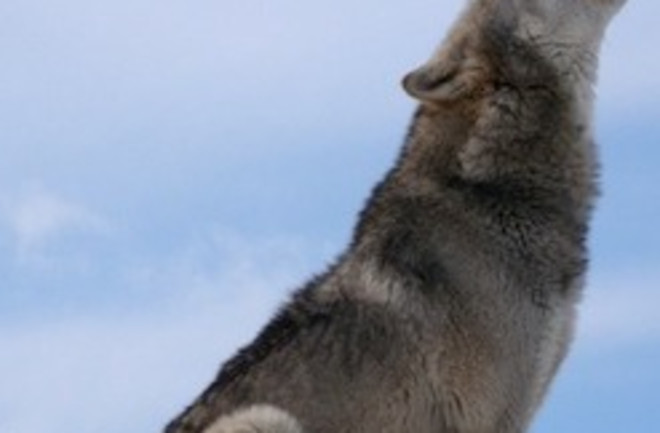Most ecologists agree that the earth is currently experiencing a mass extinction event. All over the world, living organisms are looking down the barrel of climate change, habitat destruction and exploitation. The most conservative estimates place the number of species lost per year at 10 times the “background rate” (which is calculated from when life began to now).
Most extinctions go undocumented, but some are caught on the pages of the International Union for Conservation of Nature’s (ICUN) Red List of threatened species. The list contains obituaries for the latest victims of the era, but it’s not all doom and gloom. It contains success stories too — species that have overcome the odds and bounced back, sometimes with help from humans.
For each species that is carefully studied and monitored for the assessment, there are many others that don’t receive the same attention. In fact, most organisms on the planet have never been categorized by scientists. But this just makes the species on the Red List more important. Each one is a stand in for countless living things without a story or a name.
Here are five species from this year’s update to the IUCN Red List of Threatened Species.

